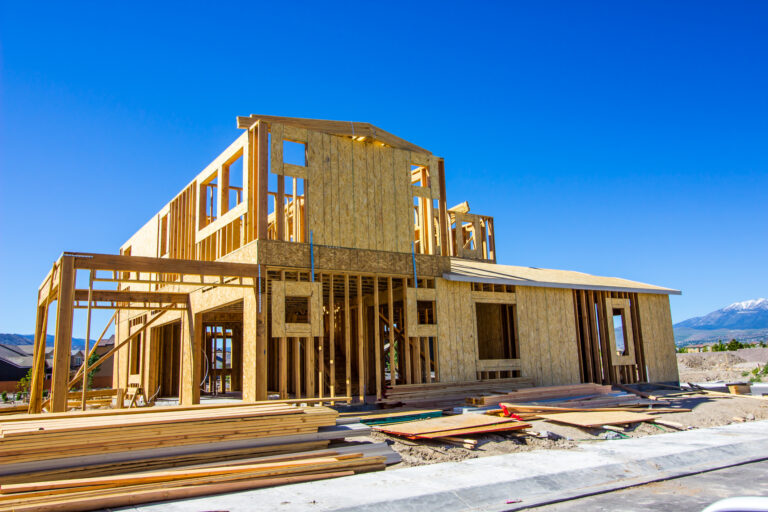This Week in Real Estate -30 March 2024

The Week In Real Estate March 30, 2024
90% Of Property Markets Rise
Values rose in almost 90% of house and unit markets throughout Australia in the past 12 months.
Analysis by CoreLogic shows national dwelling values are up 8.9%, which based on the median dwelling value ($765,762) is equivalent to $63,000.
It says 88.4% (4087) of the 4625 house and unit markets it analysed experienced increases.
This is a substantial increase from just two years ago (February 2023) when only 39.1% increased.
CoreLogic Economist, Kaytlin Ezzy, says the imbalance between supply and demand means there have been broad-based capital gains in the past year.
“Despite three rate hikes, worsening affordability, and the rising cost of living, the increasingly entrenched undersupply in housing stock, and above average demand thanks to strong net migration, has helped push values higher,” she says.
In Brisbane, every single house and unit market recorded an increase in value. In Perth, 100% of unit markets and 99.7% of house markets were up, Adelaide, 99.7% of unit markets and 98.6% of house markets, Sydney 98.6% houses, 97.1% units and Melbourne, 90.3% of houses and 81.9% units.
Price Per Square Metre Rising
Properties are getting smaller as the price per square metre rises according to Domain’s latest Price Square Metre Report.
The report shows that house and unit prices per square metre in capital cities have been trending upward over the past year.
Domain Chief of Research and Economics, Dr Nicola Powell says as the price per square metre increases, average land lot sizes are dropping in an effort to keep them affordable.
“(the) report reveals a trend of shrinking land sizes attributed to densification and rising land premiums. While this may seem counterintuitive, it actually creates more opportunities for home ownership (as) higher density translates to increased affordability.”
Powell says without the shift towards greater density and smaller land sizes over the past two decades, house prices would be vastly higher than they are today – higher by 44% in Perth, 16% in Adelaide, and 14% in Melbourne.
The report shows the price per square metre has increased by 14% in Perth in the past 12 months, 9.6% in Adelaide, 7.5% in Brisbane, 5.1% in Sydney and 0.8% in Melbourne. It has dropped by 2% in Canberra, -2.3% in Darwin and -2.7% in Hobart.
Rate Cuts Predicted
Homeowners are tipped to be almost $700 a month better off by the end of 2026 if predicted interest rate cuts come through.
BIS Oxford Economics predicts that the cash rate will drop by 1.75 percentage points within the next 18 months.
It says this will leave more money on the wallets of homeowners and also improve the borrowing capacity of those looking to get into the market. It predicts the first interest rate cut will come in December this year.
Under that scenario based on the $624,000 average Australian home loan, monthly repayments will drop from $4003 to $3310 or about $8300 per year.
“Interest rate cuts from late 2024 should boost credit availability, accelerating broad price growth once again,” senior economist, Maree Kilroy says.
She says higher borrowing costs in 2023 did not deter buyers.
“Underlying demand has been robust in many sectors, backed by the strongest population growth increment on record. Migration is running red hot but should soon normalise.”
Listings On the Rise
Property listings are finally starting to increase and are now 16.6% higher than at this time last year.
PropTrack data shows across the combined capital cities new listings are up by 22.2% in the year to February. The national increase is largely being driven by Sydney, Melbourne and Canberra markets.
Listings are down year on year in Darwin and remain at the same level in Adelaide and Perth.
PropTrack senior economist Angus Moore believes sellers are confident in listing their homes because of the favourable conditions in the housing market.
“Sellers and buyers are more confident about the outlook for interest rates, with expectations of no more rate hikes and even cuts later in the year underpinning the confidence in the market,” he says.
He says with unemployment low and income growth starting to increase there is a growing demand from buyers, particularly as the rental market remains difficult.
The total number of properties listed for sale in Sydney, Melbourne, Canberra, and Hobart is now well above the prior-decade average, although Brisbane, Perth, and Adelaide are about 40% below.
Super For Homes Not So Super
The Superannuation industry is rebuffing calls for first-home buyers to be able to access their retirement savings early to buy property.
A report from the Association of Superannuation Funds of Australia says allowing early access will really only help those who could have afforded to buy without having to access their super.
And it warns it could drive up house prices by increasing demand.
ASFA chief executive Mary Delahunty says this would mean people on lower or moderate incomes will still feel locked out of the market.
But Hotspotting founder Terry Ryder dismissed the comments as self-serving and not based on any research analysis. “The comments from big super are the voice of vested interest, always the biggest noise in real estate,” he said.
“Whenever anyone puts forward a proposal to help first-home buyers, there are claims it will push up property prices. “But no one has ever produced any research to support that claim. I see this as a major furphy.”
QUOTE OF THE WEEK
PropTrack senior economist Angus Moore
“Sellers and buyers are more confident about the outlook for interest rates, with expectations of no more rate hikes and even cuts later in the year underpinning the confidence in the market.”





